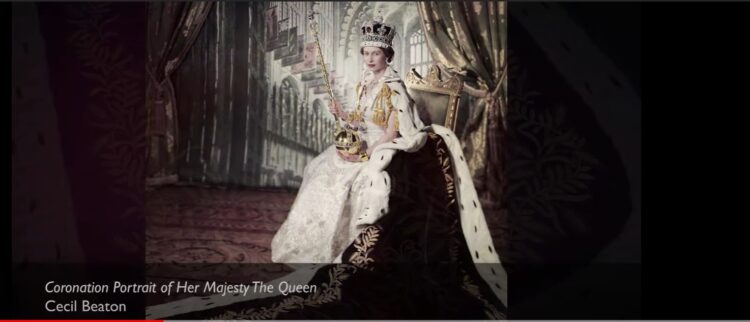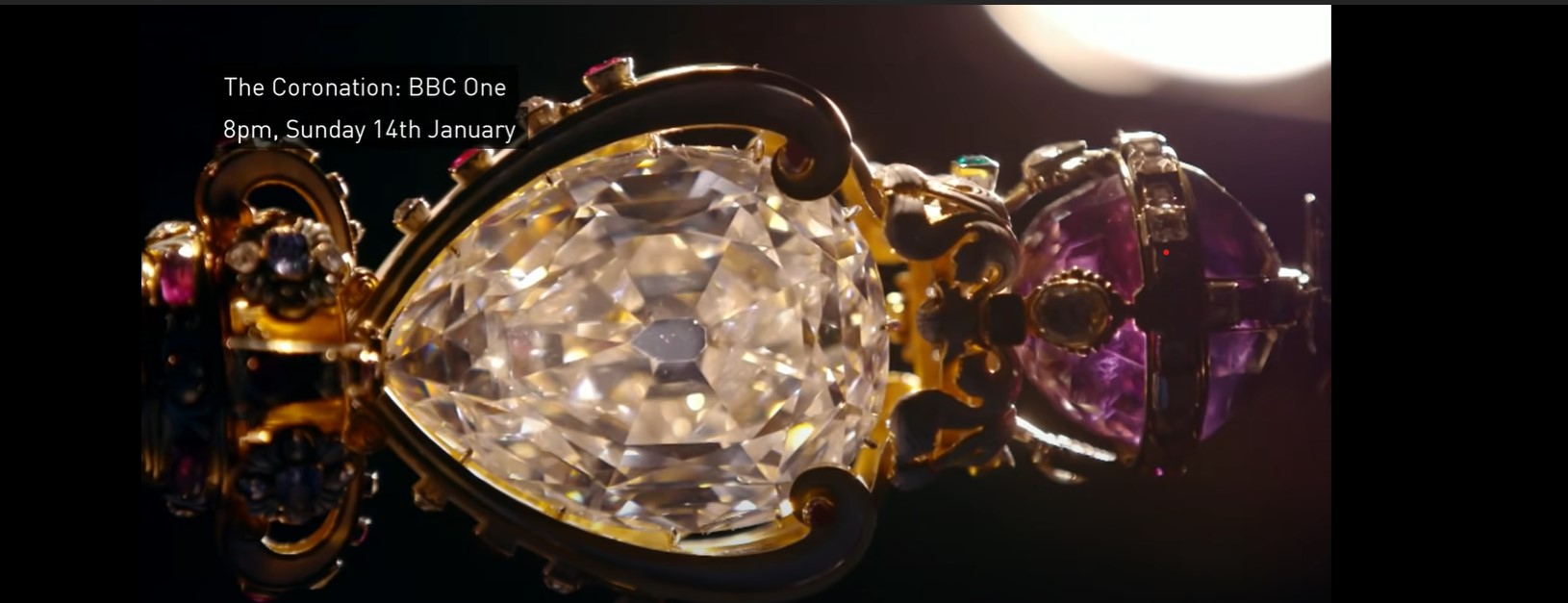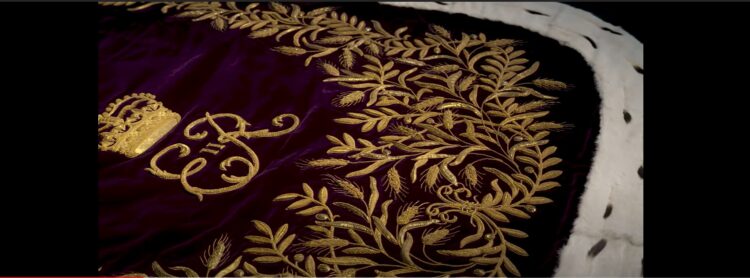As Queen Elizabeth II’s firstborn son, Charles automatically became King Charles III after his mother’s death, but the coronation ceremony will take place sometime in the future–usually within the first year of his reign.
That coronation ceremony, an occasion for pageantry and celebration, has been shaped and codified over the last 1,000 years–since the Norman Conquest in 1066–with very little change and its every step is choreographed to enact a dramatic representation of British history.
During the ceremony, the Sovereign takes an oath to rule according to law and to exercise justice with mercy – promises symbolized by the four swords in the coronation regalia (the Crown Jewels) – and to maintain the Church of England. The Sovereign is then ‘anointed, blessed and consecrated’ by the Archbishop. Unless decided otherwise, a Queen consort is crowned with the King, in a similar but simpler ceremony.
Visitors to the Tower of London gape at the splendor of the crown jewels, but few admire the coronation robes—which are just as historically important– that are also on display. The last time that they were called on to play a central role in British history, was for Elizabeth II’s coronation on June 2, 1953.

Steeped in rich symbolism and lavish history, the robes form an integral part of the ceremony and few people realize that there are six of them during the ceremony.
Each of the Coronation Robes plays its own distinct role in the ceremony consisting of the recognition, the oath, the anointing (also referred to as the hallowing), the investiture (which includes the moment of crowning), the enthronement and the homage. The order in which the robes are worn was established for Edward II’s 1308 coronation in the 14th century manuscript Liber Regalis (Latin for ‘Royal Book’).
But Charles won’t be wearing second-hand robes, the majority of robes worn at each coronation ceremony have been made new for each monarch; the exception to this being the Supertunica and the Robe Royal which have been worn since the 1821 coronation of George IV.
So, here’s the order in which they will be worn and what it all means. Entering Westminster Abbey, the soon-to-be-crowned sovereign wears the Robe of State, also referred to as the Parliament Robe – a name received due to its role in each State Opening of Parliament. The long crimson velvet train on the Robe of State is adorned with handmade delicate gold lace, lined in regal ermine from Canada, and has an accompanying ermine cape.
During the part of the ceremony known as the anointing, the monarch is divested of all celebrated symbols of status, and wears the Colobium Sindonis (Latin for ‘Shroud Tunic’). In stark contrast to the Robe of State, this gown is austere and plain, without detail or lace. In its simplicity, this robe symbolizes divesting oneself of all worldly vanity, to stand bare before God.
Next, during the investiture and worn over the Colobium Sindonis, is the Supertunica, inspired by the full-dress consul uniform of the Byzantine Empire. This long flowing coat of golden silk and expansive sleeves is trimmed in golden lace, decorated with the national symbols of the home nations and fastened by a golden buckle adorned with roses, thistles and shamrocks.
Also worn during the investiture – on top of the Supertunica — is the Robe Royal (Pallium Regale). Worn at the moment of crowning, this robe is embroidered with national symbols and imperial eagles crafted in silver thread decorate the corners of this four-square mantel. The Robe Royal takes on a priestly role: signifying the divine nature of kingship.

The key moment of the investiture is the crowning of the new monarch by the Archbishop of Canterbury, who places St. Edward’s Crown atop the sovereign’s head. On doing so, the Abbey guests cry out “God Save the King/Queen”, trumpets sound from Westminster, bells ring out from churches across the kingdom and the obligatory 62-gun salute is fired from the Tower of London. The 62 guns represent 21 guns fired on the marking of a royal occasion, 20 guns for the Tower as a Royal Palace, and 21 guns for the City of London. This is the moment that everyone recognizes.
Worn at the conclusion of the coronation is the Imperial Robe – also known as the Robe of Estate. The Imperial Robe is not to be confused with the Robe of State, which is the plainer crimson mantle on show at the beginning of the ceremony.

The Imperial Robe is a 15lb, 20-foot-long purple silk velvet robe – recalling the imperial robes of Roman Emperors – and is trimmed with Canadian ermine and includes a sumptuous ermine cape. The robe’s construction required 12 seamstresses from the Royal School of Needlework working 3,500 hours to complete. It is embellished with ears of wheat, displayed down both sides of the train and representing peace and plenty, with the robe’s culminating feature a decorative and lavish three-dimensional embroidered golden crown.
At the end of the ceremony, the newly crowned sovereign exits the Abbey, enrobed in the Imperial Robe, wearing the Imperial State Crown, and carrying the Scepter and the Orb. This represents the culmination of the glittering spectacle of the new monarch’s coronation, in which both the dazzling beauty of the Crown Jewels of the United Kingdom and the Coronation Robes are on full display and perform their glorious historic role.











